Advertisement
Program recognizes the two disciplines’ critical intersection

In July, Cleveland Clinic launched a unique fellowship program that prepares physicians to work at the increasingly busy crossroads of rheumatology and infectious disease (ID).
Advertisement
Cleveland Clinic is a non-profit academic medical center. Advertising on our site helps support our mission. We do not endorse non-Cleveland Clinic products or services. Policy
“We believe this combined fellowship in rheumatology and infectious disease — which will be for a minimum of three years with possible additional years for research — is the first of its kind in the world,” says Leonard Calabrese, DO, Director of Cleveland Clinic’s R.J. Fasenmyer Center for Clinical Immunology. “We developed it based on mutual areas of interest between the two fields.”
The Fasenmyer Center has been engaged for more than a decade in both ID and rheumatology research, investigating the intersection between autoimmune and autoinflammatory and infectious diseases, particularly chronic viral illnesses such as HIV and hepatitis B and C, Dr. Calabrese notes.
“We see patients from all over the world who have chronic infectious diseases and rheumatologic diseases that develop as complications or occur as comorbidities,” he says. “We increasingly see cases where infectious diseases are actually the etiology of rheumatic diseases.”
Opportunistic infections will be another focus of the fellowship, as Dr. Calabrese notes that management of such infections often outstrips rheumatologists’ skill sets.
Dr. Calabrese has had a joint appointment in Cleveland Clinic’s Department of Infectious Disease for years but has had concerns over where the next generation of clinician-researchers would come from to carry on this work.
“I have encountered tremendous interest in this issue as I have spoken about it around the world, yet no resources were being put forth to support such training,” he explains. “So I made a personal commitment to raise monies to endow this fellowship position and design it with input from numerous individuals,” he says.
Among those who’ve offered input at Cleveland Clinic are Abby Abelson, MD, Chair of Rheumatic and Immunologic Diseases; Carlos Isada, MD, Director of the Infectious Disease Fellowship Program; and James Fernandez, MD, PhD, a clinical immunologist in the R.J Fasenmyer Center. Key input was also provided by Michael Lederman, MD, of the Special Immunology Unit at Case Western Reserve University, Cleveland.
Dr. Calabrese has raised about $250,000 to support the fellowship, and the Richard J. Fasenmyer Foundation recently pledged additional funds. Fundraising will continue until $1.5 million is secured to endow the fellowship.
In seeking the inaugural rheumatology-ID fellow, the program’s leaders found the ideal candidate in Cassandra Calabrese, DO, daughter of Dr. Leonard Calabrese. “She has been very engaged and well-published in both infectious diseases and rheumatology,” the elder Dr. Calabrese explains.
Dr. Cassandra Calabrese completed an internal medicine residency at Cleveland Clinic and stayed for an additional year as chief medical resident before starting the fellowship in July. She is a graduate of the Ohio University Heritage College of Osteopathic Medicine.
Advertisement
“I am a DO, like my dad and his dad,” she says, explaining that she had wanted to be a doctor since middle school and has a long-standing interest in immunology. “I volunteered in Cleveland Clinic’s microbiology lab in high school and was just fascinated by virology and microbiology. But then during medical school, it became clear that I wanted to do rheumatology. I’d always said that if rheumatology didn’t exist, I would do infectious disease, never thinking I could actually do both.”
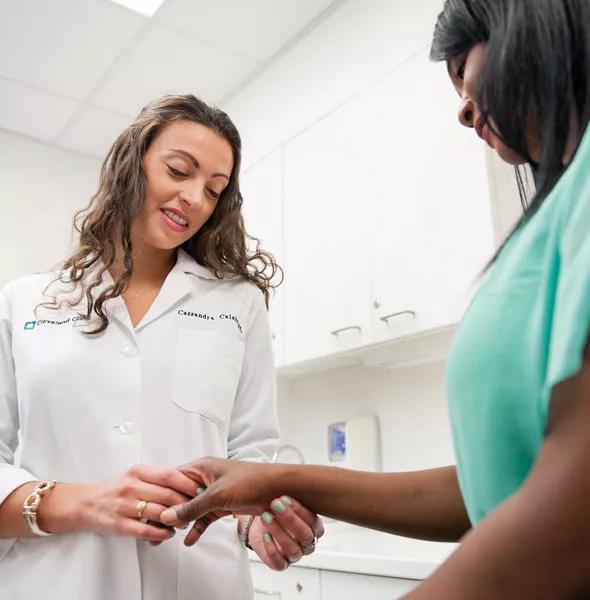
Cleveland Clinic’s first rheumatology-infectious disease fellow, Cassandra Calabrese, DO, with a patient.
After the fellowship, she hopes to focus on infections in the setting of immunosuppression, such as tuberculosis, viral hepatitis and varicella zoster virus, preferably at an academic center where she can also teach and conduct research.
The young Dr. Calabrese already has a formidable start as a researcher working at the intersection of rheumatology and ID. Take, for example, a study published in the August issue of Arthritis Care & Research (2015;67:1063-1069) for which she served as lead author.
Along with senior author Rula Hajj-Ali, MD, of the Department of Rheumatic and Immunologic Diseases, Dr. Calabrese examined the rate of indeterminate results obtained with an interferon-γ-release assay (QuantiFERON-TB Gold In-Tube) in screening for latent tuberculosis in patients with chronic inflammatory disease (CID) before they are started on pharmacologic therapy.
Advertisement
Theirs is the largest known study to date looking at indeterminate results with the assay. “Indeterminate results represent a gray zone where we don’t know what to do,” Dr. Calabrese explains. “They are more common in patients with chronic inflammatory disease, both on and off medication.”
Her research team analyzed all interferon-γ-release assay results among adults in the Cleveland Clinic health system over a six-year period, comparing findings among patients with CID (n = 2,864), the general hospital population that received the assay but did not have CID (n = 26,574) and a healthy reference group of Cleveland Clinic employees who are screened with the assay every year (n = 25,670).
As predicted, the researchers found a significantly increased rate of indeterminate results in the CID population relative to the other two groups. Among patients with CID, they found that glucocorticoid use was associated with an increased risk of indeterminate results but that use of biologic therapies and DMARDs was not.
Knowing which factors may predict indeterminate results can help guide patient management. In fact, Dr. Calabrese is now embarking on an extension of this study to examine what actually happened with the CID patients who had an indeterminate result.
“There are no guidelines for what to do when we get an indeterminate result,” she notes. “I want to see what happened next. Did they undergo more tests? How were they treated, and by whom? Rheumatology and infectious disease may approach these cases differently.”
Advertisement
Advertisement

Experienced clinicians can bridge traditional care gap

Advancements lead to a new trial involving autoimmune disease

Treatment strategies require understanding of pathomechanisms
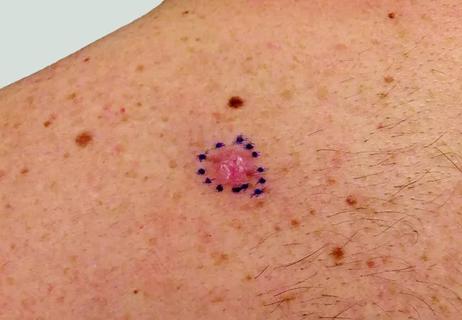
Education, prevention strategies and monitoring serves this at-risk group
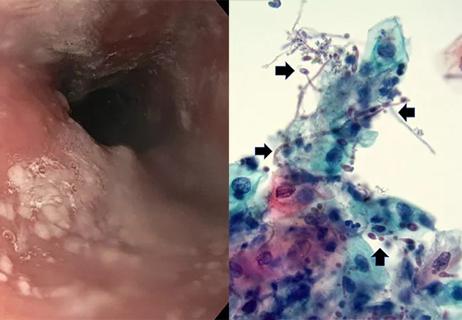
Treatment for scleroderma can sometimes cause esophageal symptoms
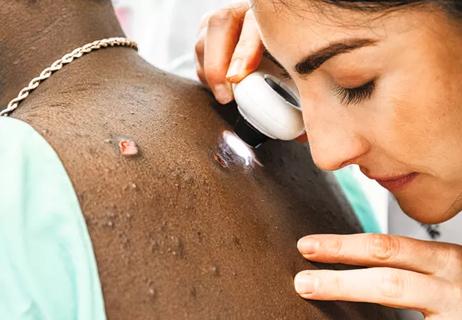
Lupus Clinic providers collaborate to advance treatment and understanding
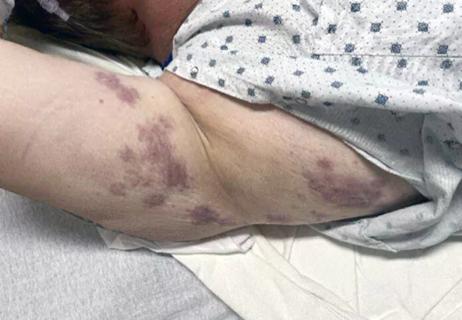
Symptoms complement one another

Collaboration was key to identifying source of nerve condition